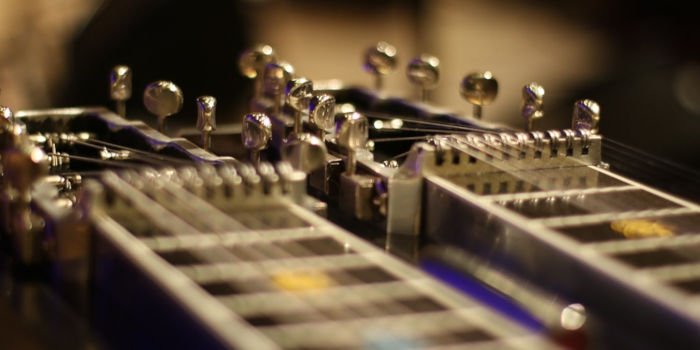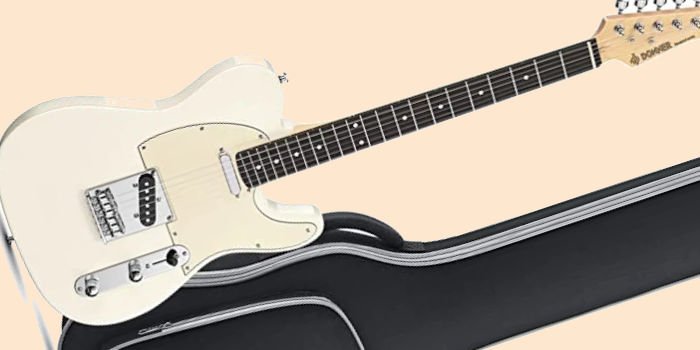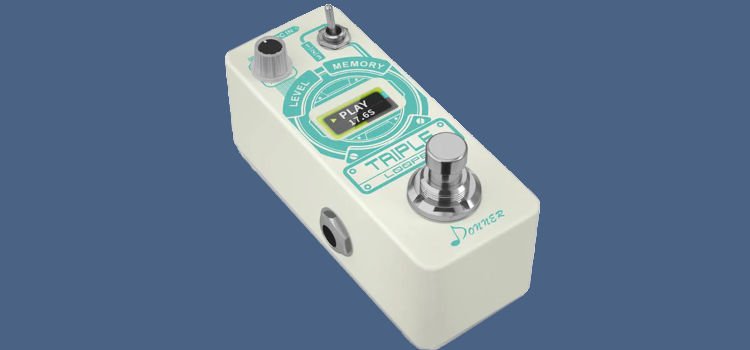Understanding the Nashville Numbering System

Published: 04/11/2013
Under: Guitar Lessons
If you get out to jam sessions often, you’ll hear of the Nashville Numbering System before long. It’s a powerful system that will make you a far better musician once you apply the ideas.
In short, the system uses numbers rather than letters, allowing you to painlessly transpose music on the fly. Another benefit of the system is you only ever need to write out one chart. No matter what the key of the song is.
It doesn’t matter if you’re a guitar player, a Keys player, or an all-around musician, the Nashville Numbering System can help you skyrocket your playing abilities!
You’ll need to experiment with the system for a while before you fully understand it. However, once you do, it will change your life. I promise!
Theory Behind The System
The underlying theory of the Nashville Numbering System is quite simple, and you probably know it already.
Let’s dive in. Below is a G Major Scale:

I chose G, as it’s a guitarists’ favorite key!
If we use this scale to build three-note chords (Triads – if you’re stuck, I’ve written two books about them). We get something like this:

We can give each chord a name:
First – G Major (G B D)
Second – A Minor (A C E)
Third – B Minor (B D F#)
Fourth – C Major (C E G)
Fifth – D Major (D F# A)
Sixth – E Minor (E G B)
Seventh – F# diminished (F# A C)
Hopefully, you know some if not all of these. If you don’t, buy a chord book!
If you understand some more advanced theory, you can keep building these chords by adding further notes (making Minor 7th, 9th chord, and Major 7th, etc.).
Not sure? Buy a book on music theory or start with my FREE eBook. It’s worth taking some time to learn about chord construction as it’ll unlock the fretboard.
Relating Chords To The Nashville Numbering System
So with some basic music theory covered and after building a chord on each scale note, we’re ready to learn the Nashville Numbering System.
If you were watching closely you would have seen I’ve revealed the system already! If you didn’t, go back and see. I numbered each chord.
That’s the basics of the system. Let’s have a look:
Numbering chords
First, we need to label each of the chords with a number. You can either use numbers or, as I prefer, roman numerals.
So G becomes I or 1
A is II or 2
B is III or 3
C is IV or 4
D is V or 5
E is VI or 6
F# is VII or 7
Major vs Minor chords
Hopefully, you’re with me and understand what we’ve covered so far. However, there is one problem, we don’t know the type of chord. Is it Major or Minor or 7#5?
Now like the number or Roman numerals issue, we can denote the chord type in a few ways. We can use capital Roman numerals for Major chords (e.g. V) and small for Minors (e.g. vi).
We can also use nothing to denote Major, small ‘m’ for Minor chord, and either ‘dim’ (for diminished) or °.
Let’s rewrite G major:
| G Major | I | I | 1 |
| A Minor | ii | IIm | 2m |
| B Minor | iii | IIIm | 3m |
| C Major | IV | IV | 4 |
| D Major | V | V | 5 |
| E Minor | vi | VIm | 6m |
| F# diminished | vii dim | VII° | 7° |
It’s also worth looking at a few other pretty common chords. Here are a few I use often:
G/B or I/III
Em/D or VI/V
D/F# or V/VII
Like we would normally, the slash infers a bass note. You knew that already!
Also, we still use numbers to indicate the quality of the chord. For example, if you have an Am7 (still in the key of G), as A is the II chord in the scale, we would notate it as IIm7.
Some other common chords like D9 would be written as V9, G69 would become I69, and so on. You hopefully get the idea.
How To Use The Nashville System
The main use, for me, is writing charts for function gigs and house band gigs where the singer is likely to change the key to something they feel comfortable singing in.
It means you’re not running around trying to rewrite songs in the breaks or making mistakes in the five minutes you have to run a whole set (yes it can be that short!).
It’s useful in the studio, as the singer might want to take the song down 2 tones for a take, then decide to take it up 3 semi-tones, then scrap that and go back to the original key. That also happens!
Try It!
The best way to get to grips with the system is to try it on a song! Let’s go!
Song 1

So, I’ve stayed with the key of G – nice and simple. If we rewrite this in numbers, it looks like this:

We could now play this in Bb, D, or F. It might take you some work to fully apply it at first, but it would be easier to work out than starting from the G version.
Song 1 in F

Hearing Music Using The Nashville Numbering System
For me, I hear music in terms of the number of each chord, the 5th chord, for example, will always sound like the 5th chord. It’s kind of hard to explain, the best way to say it is that I have internalized how each chord sounds.
Sadly, I don’t have perfect pitch. However, being able to hear what each chord sounds like, provides me with a workaround solution.
This is really useful as I can hear songs and play along. I can hear where the chords are moving to (as most songs follow simple and common patterns) and hear which chord it is. So, all I need is to add the correct key and I’m there!
Putting It All Together
So, that’s a quick introduction to the Nashville Numbering System. Take some time to understand the basic theory behind it, how it can be notated and why it is powerful. Plus, it’s not just for country music. You can use the system for all musical styles.
Have you ever used the Nashville Numbering System?






Leave a Reply